Forgive my bossiness but this post comes from a desperate experience that I lived for 4.5 years. That’s a long time for someone with increasing chronic pain levels and not much hope. I felt isolated and alone in a very foreign world without appropriate treatment, compassion and understanding.
Nine years later, I’m hopeful a situation like mine can be prevented with the knowledge provided in the following resources. Pain Specialists Australia are leaders in pain treatment and management, I can certainly vouch for that!
Please read the resources, learn them, share them… and if you require information on chronic pain, follow Pain Specialists Australia.
(Published by Dr. Nick Christelis Director & Consultant – Pain Specialists Australia, Pain Specialist & Anaesthetist – Epworth, Alfred, Cabrini)
10 practical tips for GPs managing chronic pain
We are all aware that chronic pain is common. They trick is to be aware of this and to have a plan of action.
One in five Australians will suffer from chronic pain in their lifetime. This does not include the minor aches and sprains of life; what we’re talking about persistent/chronic pain, with its significant and long-term negative health consequences.
If you consider the prevalence of diabetes, which is 5% of the population, chronic pain, which is at 20%, is setting itself to be a key driver of suffering and disability now and in the future.
Even more worrying is that 80% of chronic pain suffers will miss out on effective treatment that could improve their health and quality of life. This number says it all: we need to do more for our pain patients.
1. Diagnose chronic pain early
Pain can be considered chronic when the pain persists for more than one month following anticipated tissue healing or if any pain continues for longer than three months.
Chronic pain is usually triggered by an acute injury, disease or process that the body has long since recovered from. Be aware of common causes of chronic pain. Some of these initial triggers can include surgeries like spinal surgery, thoracotomy, mastectomy and herniorraphy, trauma, shingles, a minor back or spine injury, a joint problem, and even arthritis. In fact, anything that can affect nerves detrimentally can cause chronic neuronal changes and dysfunction, which can then lead to persistent sensory changes and chronic pain.
The knock-on effects of chronic pain are multiple and can affect all aspects of physical and mental health.
Put yourself in a chronic pain suffers shoes for a minute.
Movement triggers pain, and people with chronic pain think that they will damage something when they move (this is a maladaptive thought), then they end up resting excessively (this is a maladaptive behavior). These maladaptive thoughts, which lead to maladaptive behaviours, can in turn, lead to deconditioning and all its dangerous consequences.
It might sound like this: “My movements hurts and will make it worse, so I must avoid those movements and rest!”
There are many maladaptive thoughts and behaviours. Another maladaptive behavior might be: “I need to take medications, which are the only way to make me feel better”, this in turn re-inforces a poor coping strategy called ‘chemical coping’, where the only way of coping is to take medications.
2. Evaluate the flags and perform psychological screening
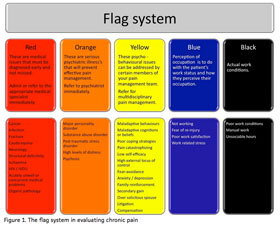 Chronic pain can happen to anyone, including you and me. It’s when the chronic pain is not diagnosed early and not managed effectively in an allied health setting that the pain can have knock on effects.
Chronic pain can happen to anyone, including you and me. It’s when the chronic pain is not diagnosed early and not managed effectively in an allied health setting that the pain can have knock on effects.
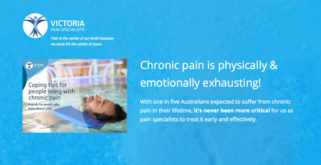 Coping tips
Coping tips
Chronic pain is physically & emotionally exhausting!
With one in five Australians expected to suffer from chronic pain in their lifetime, it’s never been more critical for us as pain specialists to treat it early and effectively.
Read more / download the free ebook
Treating chronic pain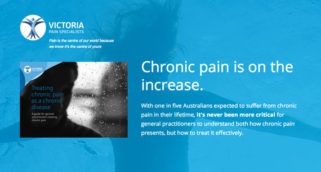
Chronic pain is on the increase
With one in five Australians expected to suffer from chronic pain in their lifetime, it’s never been more critical for general practitioners to understand both how chronic pain presents, but how to treat it effectively.
Read more / download the free ebook
More about Pain Specialists Australia
“We had taken the first step in setting up our pain relief clinic. Our aim was simple: Excellence in Personalised Pain Management. The care we provide would be holistic, multidisciplinary and complete but it would also include cutting edge pain interventional technology, drawing from our extensive experience as anaesthetists and understanding of the spinal and related structures.”
Read more: painspecialistsaustralia.com.au


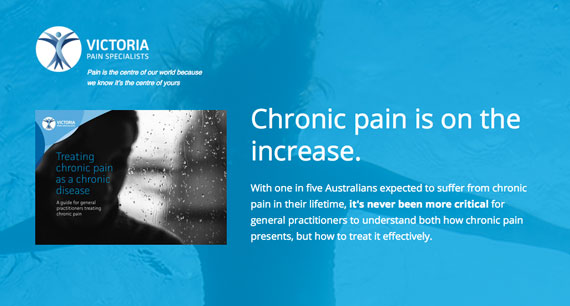





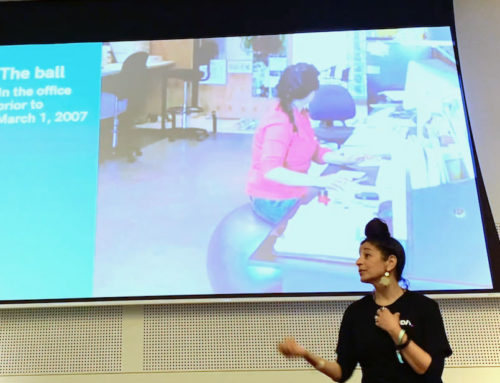

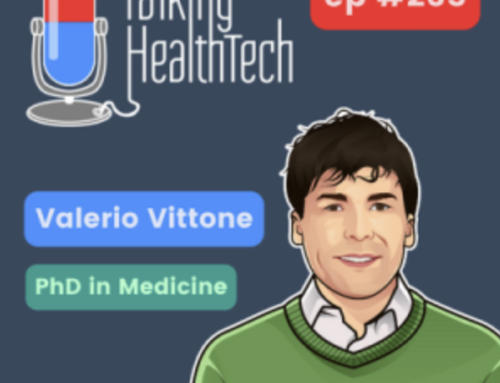
Hello Lisa, I am a fellow chronic pain sufferer also in awe of Soulas continued efforts to reach out to others. Soulas posts help me more than she will ever know. I’m getting my permanent stim in August.
Lisa I’m so sad to read both stimulators didn’t work for you. How devastating. Could it be the brand of stimulation device? I’m sure you have explored the options, forgive my ‘auto suggestion’ button!
I’m also very sad to read about your losses. There is little (if no) support for people with pain let alone those supporting their loved ones. How are we all meant to navigate this nightmare and somehow manage and have a life? It’s very difficult, it’s very difficult EVERY DAY.
I have good days but the sacrifices that make them are great and it takes both Theo and I to get us to those days. No one can understand unless they live the nightmare.
On one hand, I’m sad to read about your screengrabs of me, but on the other, it is why I created the site and why I sit through the pain to keep it going. So many times I’ve thought to pull the plug on it – it’s another thing to manage but helping others, helps me – it’s huge support.
I have sent an invoice via paypal – let me know if that works. Thank you for supporting my advocacy but truly, I wish that you never needed to come across my site. I wish that for everyone who comes across my site but sadly, the stats for the site are going up, not down.
Sending love, strength, empathy and also thank you for your words of support.
xxxx
Soula, first, I have tried to join your site as a paying contributer and could not successfully complete the process on my phone. I would like to pay $10. If you could advise another way of sending you, perhaps a postal note? Via my email address please?
Soula, since I last commented on your site my life has changed dramatically , as a result of 14 years toll of Chronic Intractable Pain. I’m very happy to read that the ‘Stimulator’ is giving you some relief… However I tried two different models various lead placements over five years and just two months ago, had the second stimulator removed. Sadly this was not for my ‘body’ or nerve pain relief’. I am having an MRI in two weeks to investigate further.
I rely on my ‘arsenol’ of tricks daily to survive… Determined to live as much as I can! I will never give up, your continued efforts to bring knowledge and support to others, continues to inspire me.
The statistics on Chronic Pain NEED TO BE OUT THERE! I for one, have lost so much to Chronic Pain dispite my BEST EFFORTS ALWAYS TO BE MY OWN BEST ADVOCATE. Educated, supported by my ‘Team’. Etc. but still ignorance of the distruction of this INVISABLE ILLNESS, has cost me my marriage, some family members and friends. Chronic Pain is NOT UNDERDTOOD BY THE COMMUNITY. Awareness is NOT OUT THERE! But still as you so rightly state today, more and more people are diagnosed… This is occurring in the circle of people I know, sadly. But, at least greater understanding of my Chronic Pain has come about when people then seek me out to disscuss the diagnosis. I am and will continue to refer people to your ‘site’. What you have created is invaluable to anyone looking for guidance. You still inspire me. I have “screen shot” your posts from the beginning . My own little Soula reference, to go to in dark moments… Know I’m not alone. Yes, I am a member of “support groups” for various pain suffers sites, that are there daily to chat to… This helps also. However, what you have and continue to do is local, real, contactable resources in the area I reside. I have to say again, THANKYOU, from my Soul! THANKYOU, for the effort you are spending on this site. You inspire me to keep going. Dark times need resources of light, this is exactly what you provide! Light! A path of hope.
Shine on Soula.
Sincerely, Lisa